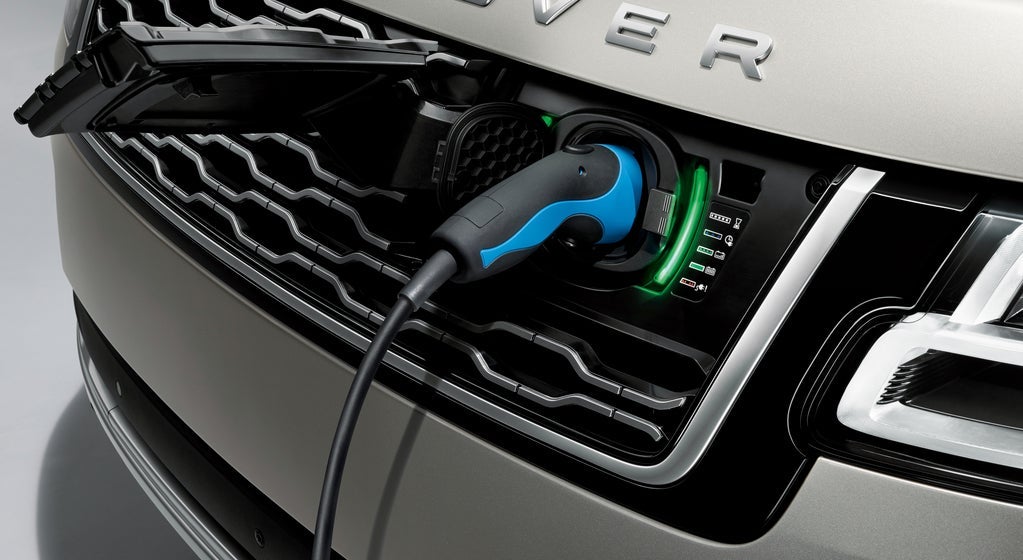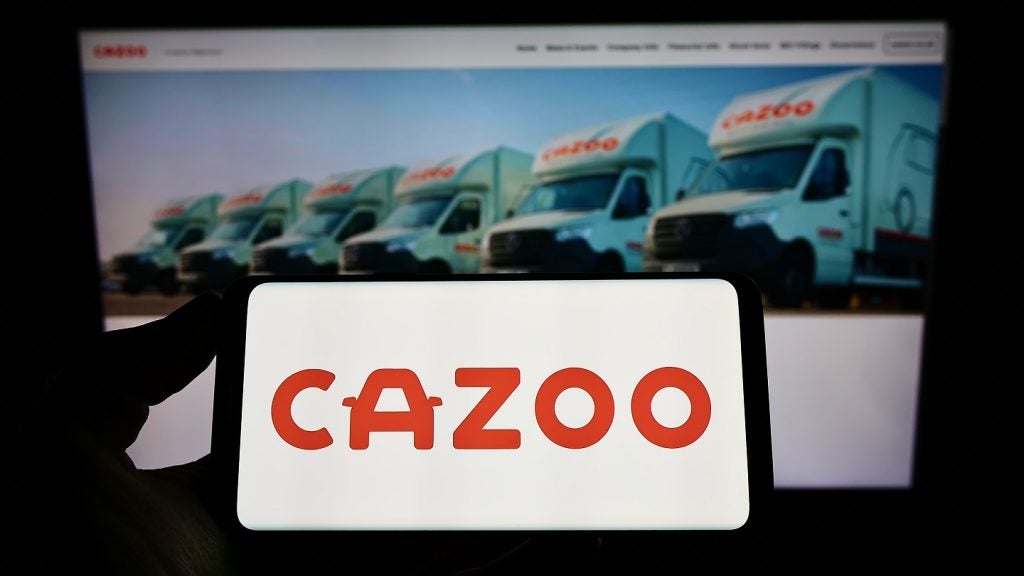
As Santander celebrates its
£7bn profit success, Fred Crawley looks back at the relentless pace
of expansion for its UK motor finance business.
It is early February, and more than
1,000 high-level bankers are gathered at an auditorium in the
Santander Financial City, just outside Madrid (pictured
above).
They are there to hear their
chairman, the charismatic Emilio Botin, speak following the
announcement of Grupo Santander’s results for 2010.
How well do you really know your competitors?
Access the most comprehensive Company Profiles on the market, powered by GlobalData. Save hours of research. Gain competitive edge.

Thank you!
Your download email will arrive shortly
Not ready to buy yet? Download a free sample
We are confident about the unique quality of our Company Profiles. However, we want you to make the most beneficial decision for your business, so we offer a free sample that you can download by submitting the below form
By GlobalDataDespite an increase in
non-performing loans and slower business in the bank’s domestic
market, the group has achieved a robust profit of £7bn – a success
that Botin says is due in part to the group’s geographical
diversification.
This diversification is evident in
his audience – business leaders are present from the bank’s
European, Latin American and US workforces.
They all have ties in the same
shade of red, and all respond well to Botin’s dynamic,
profit-focused approach to global banking, but all will fly back to
their home markets to pursue business in ways informed by local
experience.
Growth on a local
level
 When it comes
When it comes
to local experience of the British motor finance market, one would
have trouble finding many more qualified than Vik Hill, a man from
a family of asset finance professionals who is Santander’s car
finance chief in the UK.
He will return from Madrid to a
building on Princess Way in Redhill, where he has had an office for
just over half of his working life.
Long before most people in the UK
had even heard of Santander, he was there working for the motor
finance operation of Lombard, the asset finance company that to
this day shares premises with Santander Consumer UK.
Later on, Hill was a director of
First National Motor Finance, the Abbey National subsidiary that
absorbed the Lombard Motor operation. While First National was a
huge and profitable name in the national market, a strategic
refocus by Abbey saw the company closed to new business and left to
wind up.
That probably would have been the
end of the business’s story, were it not for the entrance (via the
acquisition of Abbey National) of Santander in 2004.
Santander’s Consumer Finance arm
had already developed a strong presence in motor finance in Europe,
and saw a lot of potential in what was left of First National –
while the business as a whole was encumbered by a weighty set of
overheads accrued in its long history, its culture and staff were
seen as valuable assets by the new owners.
The decision was made quickly –
Santander would continue to run off the First National book, but
set up a new company on the same site, using many of the same staff
(including Hill and long standing directors Graham Prestedge and
Diane Roberts) employing the Spanish group’s approach to
efficiency.
One senses that this was the
opportunity Hill had been waiting for – when asked whether he would
feel comfortable with reconnecting with the market under the new
brand name, he accepted with an enthusiasm that surprised his new
bosses.
Indeed, the new name wasn’t
unfamiliar for long. While Santander Consumer UK was the first
Santander business in the UK to adopt the group’s branding, the
white-on-red logo became exponentially more familiar to British
consumers through high-profile Formula One sponsorship and the 2010
rebranding of Abbey and Alliance & Leicester branches as
Santander.
The pace of expansion was
relentless, but conducted according to tried and tested group
strategy – as Hill puts it, “Santander never goes into a market
with the intention of ending up in second place.”
 Second
Second
place is where Santander Consumer UK is right now (and the sheer
size of market leader Black Horse after its absorption of Bank of
Scotland Dealer finance may keep it there for some time), but the
gap seems to be closing fast. New business for 2010 was
considerably up on 2009’s total, and further growth is expected in
2011.
“However, in the final analysis, it
is our profitability, and return to the shareholder, that really
counts” says Hill.
In fact, five years after starting
from a zero balance sheet, Santander Consumer UK has now surpassed
First National’s peak position in terms of new business – but with
around one third of the number of employees. With just 440 staff
administering a ten-digit annual lend, the business is arguably at
the top of the market in terms of efficiency.
“One of our advantages” says Hill,
“is that we have been able to introduce only the costs that are
needed and justified in the company as it grew, as opposed to
inheriting large cost bases that are difficult to cut down.”
Needless to say, this put Santander
Consumer UK in an enviable position when the market hit
difficulties in 2007 and beyond – while competitors became
embroiled in consolidation and liquidity issues, the new company’s
lightweight structure and deep international pockets left it in
relatively stable shape.
Currently, the company runs at a
22% cost income ratio – an example of the lean structuring that
permeates the entire Santander empire. This culture is particularly
evident in the bank’s Consumer Finance Division: the segment enjoys
the best efficiency ratio for any part of the group worldwide, at
27.5 according to 2010’s results.
Of course, the company has not been
without consolidation challenges – the acquisition of GE Money’s
motor finance operations recently gave Santander Consumer UK a
second office in Leeds, as well as a new set of systems to
integrate and an inherited white label finance programme with
growing brand Kia.
Reshuffled
desks
However, 2010 saw the migration of
all agreements onto Santander Consumer UK’s loan book, while all
staff will now be operating from Redhill – a move that has seen a
certain amount of desks reshuffled in the company’s
headquarters.
Kia now sits alongside Santander
Consumer UK’s other white label programmes with Mazda and Volvo,
both of which were won from Ford Credit Europe during 2009. All
three programmes have seen increases in brand sales penetration
during 2010, and have benefited from the appointment of Adam
Goldhagen – formerly Risk Director at Fiat’s captive FGA capital –
to the equivalent post at Santander Consumer UK in August 2009.
Goldhagen – whose aptitude for risk
management is underlined by the fact that he considers an aircraft
landing to be a “controlled crash” – brings a strong manufacturer
perspective to Santander Consumer UK’s board, whose other members
have been long-term participants in bank-owned car finance.
Yet Santander Consumer UK’s
workforce is not trying its hand at white label finance for the
first time.
While Kia, Mazda and Volvo are the
first manufacturer programmes to run from the Santander balance
sheet, they are not the first to have been administered from
Princess Way. Banque PSA operates close by, primarily due to
historic connections between the manufacturer and the Lombard &
First National businesses.
In fact, a number of manufacturer
white label and joint-venture relationships have been serviced from
those premises in the past, and one wonders how many more might
migrate there in the future.
“There will always be manufacturers
for whom it makes sense to keep their own Finance house operations
in-house” says Hill, “but we will always be ready and able to help
those who prefer to make the most of the expertise available from a
strong and professional bank like us”.
While Santander Consumer UK is
cautious about making too many predictions for the next few years,
Hill makes no secret of the company’s appetite.
With its continental parent retaining a strong liquidity
position, and its costs remaining healthily dwarfed by income, it
seems likelier than ever that Santander could be heading for the
top of the dealer finance market.








